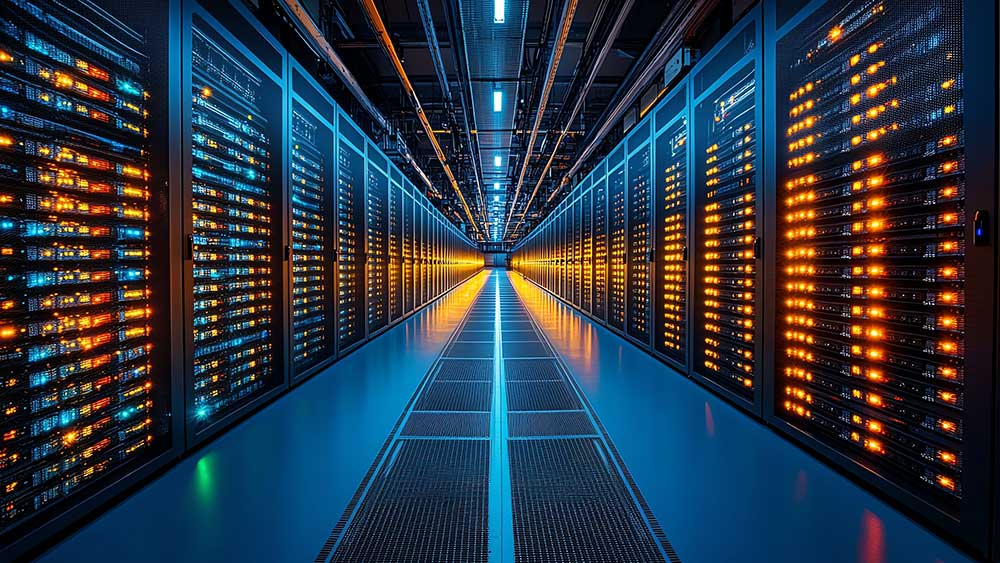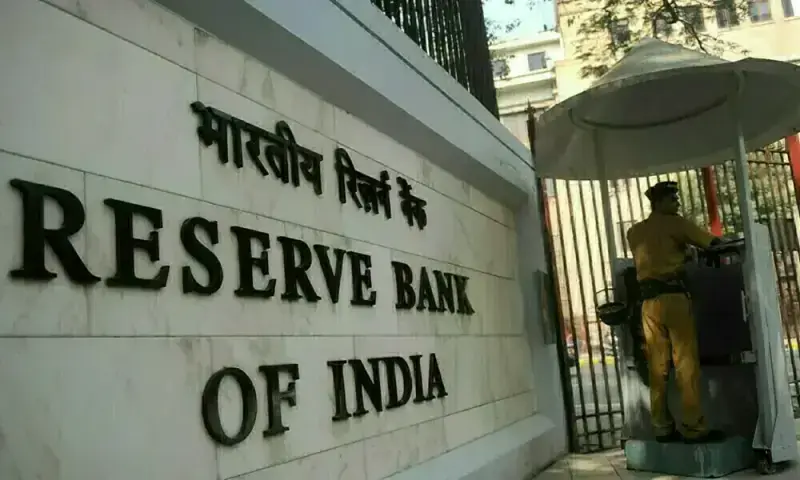Copyright Investor's Business Daily

When cloud computing companies report third quarter earnings, investors and economists will be looking for early guidance on their 2026 capital spending plans amid the artificial intelligence boom. One view is that an "AI bubble" could damage non-tech parts of the U.S. economy by siphoning away capital. According to the "crowding out" theory, the massive growth in AI capital spending and flow of private capital to AI could starve other U.S. sectors of investment and actually hurt competitiveness and innovation in those areas. The biggest spending on AI data centers have been cloud computing giants with Amazon.com (AMZN), Microsoft (MSFT) and Google-parent Alphabet (GOOGL). There's also tech companies such as Meta Platforms (META). At the same time, Oracle (ORCL) has taken the spotlight as an AI infrastructure partner of OpenAI and others. And, there's a wave of "neo-clouds" led by CoreWeave (CRWV) that are renting out Nvidia (NVDA) GPU-equipped servers. Crowding-Out Thesis Worries that an AI bubble could damage other part of the U.S. economy are overblown, economist and market strategist Ed Yardeni in an interview said. "I'm just not a big believer in the crowding out thesis," Yardeni said. "I mean, we're running a huge federal deficit and that hasn't prevented the technology sector from expanding." "My sense is that this is not a zero sum game where the money that hyperscalers spend on data centers is going to be at the expense of somebody else." Yardeni added that cloud giants are self-funding their massive AI data center build-outs with cash flow they generate. If they didn't spend money on AI data centers, Yardeni said the tech giants would likely use the cash for buybacks or acquisitions, which wouldn't help the broad economy. Nvidia, OpenAI In Loan Guarantee Talks? On the other hand, some companies such as Oracle and CoreWeave are adding debt to fund data center build-outs. And, some critics point to the debt securitization of AI-related loans as similar to housing boom in the early 2000s. Meanwhile, Nvidia is discussing guaranteeing some of the loans that OpenAI is planning to take out in order to build its own data centers, according to the Information. The loan guarantee discussion reportedly is part of Nvidia's broader data center partnership with OpenAI. If there is over-building of AI infrastructure, Yardeni said cloud hyperscalers will "just scale back spending" while "there could be some companies that have borrowed money to expand capacity that will get hurt." "But I just don't see it adding up to the kind of credit market calamity that we had in the junk bond market for telecom securities back in 1999, 2000," he added. Still, some economists, investment firms and venture capitalists have sounded alarms. AI Bubble Vs. Dot.com Crash Paul Kedrosky, managing partner at SK Ventures, said in a recent interview that an emerging AI bubble seems very similar to the dot.com crash. "Looking back, the analogy I draw is this: massive capital spending in one narrow slice of the economy during the 1990s caused a diversion of capital away from manufacturing in the U.S.," Kedrosky said. "This starved small manufacturers of capital and made it difficult for them to raise money cheaply. Their cost of capital increased, meaning their margins had to be higher. During that time, China had entered the World Trade Organization and tariffs were dropping. We made it very difficult for domestic manufacturers to compete against China, in large part because of the rising cost of capital. It all got sucked into this 'death star' of telecom. "So in a weird way, we can trace some of the loss of manufacturing jobs in the 1990s to what happened in telecom," he added. "It was the great sucking sound that (took) all the capital out of everywhere else in the economy. The exact same thing is happening now. If I'm a large private equity firm, there is no reward for spending money anywhere else but in (AI) data centers. So it's the same phenomenon." Capital Spending Trends In 2025, spending by the top five cloud computing firms is expected to near $400 billion. (Estimates vary based on which companies are included and definitions of cloud infrastructure). In 2026, Wall Street analysts expect AI capital spending growth to moderate, according to Visible Alpha estimates. Including Apple (AAPL), Wall Street analysts predict cloud capital spending for the top six companies will grow 19% in 2026 vs. 54% this year. Amazon and Google are expected to taper off the most. Wall Street will pay close attention to companies' capex forecasts and signals on their Q3 earnings calls. Meta, Amazon, Microsoft, Google and Apple all are scheduled to release quarterly results on Oct. 29 or Oct. 30. AI Bubble: Accounting Rules Meanwhile, heading into the Q3 earnings reports from cloud computing companies, investors should keep accounting rules in mind amid worries over an AI bubble. Remaining performance obligation, or RPO, represents total revenue a company expects to recognize in the future from customer contracts that have not yet been fulfilled. Cloud firms can only recognize revenue as they deliver services. Depreciation, another accounting metric, is a growing issue for many tech giants. Cloud computing companies are purchasing new data centers, servers, storage devices and networking equipment. That AI infrastructure is treated as long-term assets on balance sheets. As the useful life of the AI infrastructure declines, depreciation expenses go up and impact profit margins. Follow Reinhardt Krause on X, formerly Twitter, @reinhardtk_tech for updates on artificial intelligence, quantum computing cybersecurity and cloud computing. YOU MAY ALSO LIKE: Want To Trade Options? Try Out These Strategies Monitor IBD's "Breaking Out Today" List For Companies Hitting New Buy Points IBD Digital: Unlock IBD's Premium Stock Lists, Tools And Analysis Today



